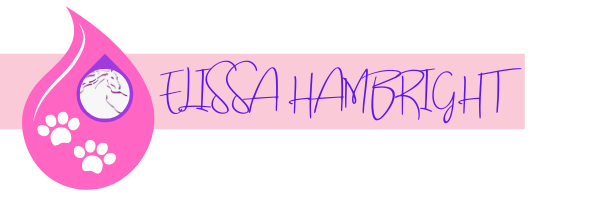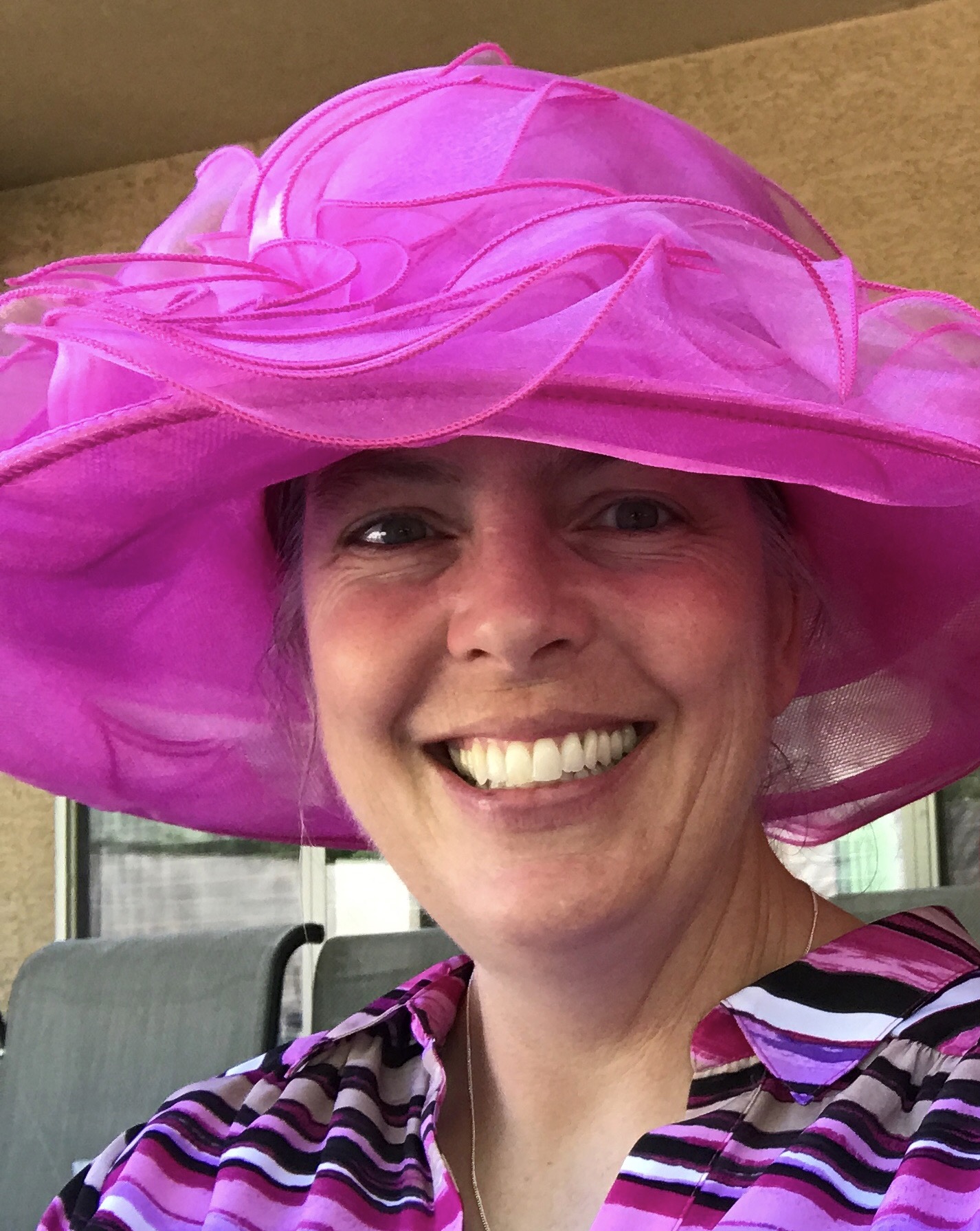
Over the years, I’ve had several readers write to me saying tea tree oil isn’t safe for dogs. One reader even asked me to take down my homemade dog shampoo recipe because it contained tea tree oil.
I get it. Our pets’ safety is always the top priority. And when there’s conflicting information online, it can be hard to know who (or what) to trust. That’s why I want to share my full response here — grounded in veterinary research, safe dilution guidelines, and my own ten years of safe use with my dogs.
What Is Tea Tree Oil?
Tea Tree oil is an essential oil extracted from the leaves of the Melaleuca alternifolia plant, native to Australia. Indigenous Australians have long used it as a natural remedy, and today it’s found in countless human and pet products because of its wide range of cleansing and odor-neutralizing benefits.
Tea Tree oil has even been studied as an antiviral agent, with promising results in recurrent herpes infections. In veterinary settings, it’s been investigated as a supportive treatment for prostatic abscesses in dogs, and another study found that 82% of dogs with localized dermatitis responded well to a 10% tea tree cream.
Is Tea Tree Essential Oil Safe For Dogs?
The most important factors when using essential oils with dogs are:
- Quality of the oil
- Appropriate dilution and use
- Careful observation
When used correctly, tea tree can be safe for some dogs. The problems you may hear about usually involve undiluted or excessive use. Reviews of toxicosis cases on PubMed show that most involved inappropriately high doses, and the majority of dogs made a full recovery with supportive veterinary care.
What the Research Shows
- Toxicosis review (PubMed): Most cases involved undiluted or excessive doses. Supportive veterinary care typically led to full recovery.
- Fatality cases: In a large review of 443 canine/feline exposures, two deaths were documented — both under extreme and unusual conditions:
- A 7.5-year-old Old English Sheepdog was accidentally given 0.3–0.4 mL IV tea tree oil and immediately went into cardiac arrest.
- A 15-year-old Miniature Poodle had ~28.5 mL of undiluted tea tree applied topically once daily for 3 days. After the third dose, the dog developed severe ataxia and later died. These cases highlight inappropriate routes and massive doses — not normal, diluted use.
- Dermatitis study: In a controlled veterinary trial, a 10% tea tree cream for localized dermatitis resulted in 82% of dogs showing good or very good improvement.
- Prostatic abscesses: Tea tree was studied as a promising supportive treatment in dogs with infections. These studies were conducted in veterinary research settings, meaning veterinarians themselves formulated and tested tea tree under controlled conditions, demonstrating it can play a role in animal care when used appropriately.
What We Don’t See in the Literature
According to current scientific veterinary literature, there are no reports of dogs dying from diffusion at normal household use. While anecdotes may circulate online, they aren’t supported by published, verifiable research.
Current Veterinary Guidelines
The current Pet Poison Helpline states that products containing less than 1–2% tea tree oil are generally considered non-toxic for dogs when used exactly as labeled.
👉 All of the recipes I share here dilute tea tree to levels well under that guideline (see below for the exact percentages).
Why I Still Use Tea Tree (and When Not To)
So why do I continue to include tea tree in some of my recipes?
- I’ve used it safely with my own dogs for over ten years, with good results.
- I’ve found it particularly effective in certain circumstances, particularly for skin support and odor control.
- I don’t want to contribute to misinformation or fear when there is real research and guidance that shows it can be used responsibly.
That said, if you’re not comfortable with tea tree, don’t use it. You can swap it out for cedarwood, copaiba, frankincense, or lavender and still have effective recipes. Every dog is unique, and your comfort level as a pet parent matters too.
My goal isn’t to push tea tree — it’s to share safe, fact-based options so you can make the choice that feels right for your pets.
How to Dilute Tea Tree Oil Safely for Dogs
Dilution is the most important step in using tea tree oil safely with dogs. Essential oils are highly concentrated, and applying them “neat” (undiluted) is where problems occur. Mixing tea tree with a carrier oil like fractionated coconut oil, olive oil, or jojoba spreads the oil safely over the skin and reduces the chance of irritation or reaction.
For water-based sprays, always use an emulsifier such as vodka or witch hazel to help the oil disperse, and shake well before each use. Avoid spraying near your dog’s eyes, face, or sensitive areas — if you need to apply there, put the blend on your hands first and rub it in gently.
👉 Want to learn more about choosing the best carrier oils for pets? I break it all down in this post HERE.
Following proper dilution not only makes tea tree safer but also more effective, since a little goes a long way with essential oils.
Tea Tree Recipes
Homemade Dog Shampoo
- 1 cup liquid castile soap
- ¼ cup coconut oil
- 10 drops tea tree (~0.17% Very low, far below the 1–2% guideline.)
- 5 drops cedarwood
Combine the liquid castile soap and coconut oil in a bottle or jar, then add the essential oils and stir or shake gently to mix. Be sure to shake well before each use. Apply a small amount to your dog’s coat, lather, and rinse thoroughly.
Roller Blend for Skin Support (10 ml bottle)
- 6 drops Lavender
- 2 drops Tea Tree (~1% )
- Top with carrier oil
Add the essential oils directly into a 10 ml roller bottle, then fill the remainder with your chosen carrier oil. Attach the roller top, shake gently to combine, and roll on as needed.
Skin Spray (2 oz / 60 ml bottle)
- 5 drops Tea Tree (~0.4%)
- 5 drops Frankincense
- 1 oz vodka
Add the vodka to a 2 oz spray bottle, then add the essential oils and swirl gently to combine. Fill the rest of the bottle with distilled water, shake well before each use, and apply as needed, avoiding eyes and sensitive areas.
Outdoor Comfort Spray (2 oz / 60 ml bottle)
- 3 drops Citronella
- 3 drops Tea Tree (~0.25%)
- 4 drops Palo Santo
- 2 tbsp vodka
Add the vodka to a 2 oz spray bottle, then add the essential oils and swirl gently to combine. Fill the rest of the bottle with distilled water, shake well before each use, and spray before outdoor time, avoiding eyes and sensitive areas.
Final Thoughts
Tea tree oil is powerful — and like any tool, it needs to be used responsibly. The science shows problems occur at very high, undiluted doses or unusual exposures, not at the low levels used in carefully diluted recipes.
If you’re comfortable with tea tree, safe dilution is the key. If you’re not, that’s okay — there are plenty of alternatives. The most important thing is to make informed choices based on facts, not fear.
That’s why I’m careful about what I use with my own animals. I personally use and trust Young Living™ essential oils for my dogs, horses, and home. Their Seed to Seal® standard means I can feel confident that what I’m using is pure, safe, and effective.
👉 You can grab your bottle HERE. This is an affiliate link, which means I may earn a small commission at no extra cost to you. Thank you for supporting my small business — it helps me continue sharing safe, research-based resources for you and your animals!
And if you’re ready to go beyond one oil and truly feel confident using essential oils with your dog, I’d love to invite you to my mini course “Oily Dog Intro.” In it, I walk you through the what, where, how, and why of getting started — safely and easily.
👉 Check out the course HERE
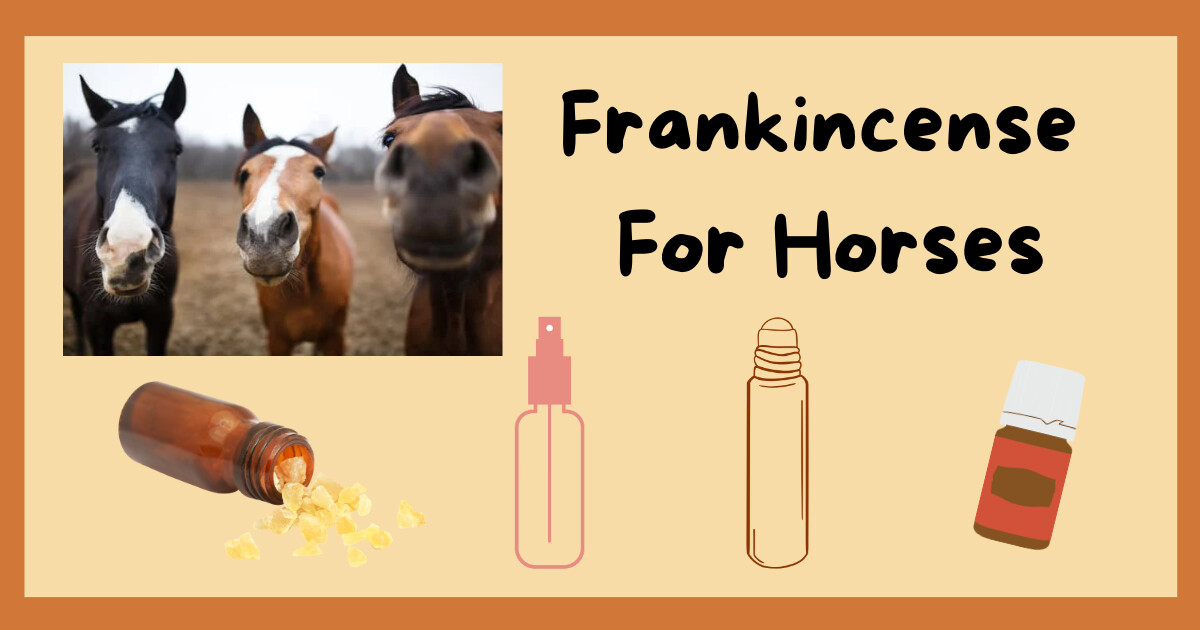
If you’re an equestrian looking to explore natural, holistic remedies for your horse, then you’ve likely heard of frankincense essential oil. But what is it? How is it obtained? What are its benefits and how do you use it with horses? These are all important questions that can be answered in this blog post. Read on to learn more about frankincense essential oil and why it may be beneficial for your horse.
What Is Frankincense Essential Oil?
Frankincense essential oil has been used for centuries due to its wellness properties. It comes from the resin of the Boswellia carterii tree, found in Africa and India. The resin is steam distilled to create the essential oil, which is then often used in aromatherapy. The scent of frankincense essential oil is warm, woody, balsamic, and slightly spicy.
History of Frankincense
Frankincense has a long history dating back thousands of years. Ancient Egyptians used frankincense as an ingredient in perfumes, incenses, and medicines. It was also used by ancient Greeks and Romans as a remedy for indigestion and respiratory ailments. Today, frankincense essential oil is still widely used in aromatherapy due to its calming effects on the mind and body.
Is Frankincense Safe For Horses?
Frankincense oil is a remarkably gentle yet effective essential oil with minimal safety concerns. It's easy to use, even for newcomers - and can be blended with a carrier oil for increased safety of topical use. Frankincense is also on the FDA's GRAS list (generally regarded as safe) and is also listed as a food additive and flavoring agent. It is generally agreed upon by those in the aromatherapy field that frankincense is safe for pets when pure and used properly.
Benefits of Frankincense
Frankincense doesn't just smell amazing; it has been studied for its many health benefits! An article published on PubMed.gov contributed to our understanding of this ancient resin's immune system powers, demonstrating that the oil "exhibited a strong immunostimulant activity". According to this review, published on PubMed.gov, contemporary studies have also shown frankincense can reduce pain and inflammation as well as aid in fighting bacteria - making it great choice for massage oils and joint rubs. Even more impressive? This review reports "we have accumulated research evidence from the beneficial effect of Frankincense consumption in memory improvement".
One of my favorite benefits of using frankincense with horses is its calming effect on the nervous system. It can help reduce tension levels both physically and mentally while providing a sense of relaxation.
Frankincense can also promote healthy skin and in people has been studied and recognized to reduce uneven skin tone. I like to add it to many natural DIY products I make for my barn like mane detanglers and hoof oils.
This unique substance is definitely worth exploring further if you're looking for natural alternatives to promote overall wellbeing!
How To Use Frankincense With Horses
The benefits of Frankincense can be utilized by simply inhaling the aroma, applying a small amount topically, or even using as a supplement.
To use aromatically:
- Wear as a perfume and become a walking diffuser
- Allow your horse to smell from the bottle
- Apply a drop to your palm, rub your hands together, and then offer your hands to your horse to smell
- Apply several drops to a cotton ball and stash in the trailer or tack room
- If you have electricity at your barn, you can use an ultrasonic diffuser (out of reach of the horses-tho!)
To use topically:
- You can apply a drop to your hands and then rub on desired area of your horse. The poll or chest are good places to start.
- Make a roller ball by adding 20 drops to a 10 ml roller bottle and adding a carrier oil-For a step by step guide to making a roller, click HERE
- Make a spritzer by adding to a glass or high quality plastic (HDPE or PET) spray bottle and filling up with water-For a step by step guide to making a spritzer, click HERE
- Apply a drop directly and rub in, frankincense is considered a mild essential oil and in most cases ok for undiluted application. if you or your horse are new to essential oils, or have sensitivities, it's recommended that you dilute for topical application. If you are applying to a large area, you'll want to consider dilution as well.
- Use in DIY grooming sprays, hoof oils, and massage oils or liniments
As a supplement:
- Only use essential oils labeled for ingestion like Young Livings Vitality™ line
- Add a drop to a treat
- Add a few drops to a mash
- Add a few drops to grain
- Dilute and rub on gums
- Add to a syringe, add some apple sauce and give as a paste (you can also use coconut oil or olive oil instead)
For horse owners looking to integrate natural, holistic remedies into their wellbeing routine - consider trying Frankincense! This powerful plant-based option can provide a range of benefits for your horse and help keep them happy & relaxed. Inspire some quality time with your four legged companion today by diffusing the calming aroma of this unique essential oil throughout the stable or barn!
If ya need more help getting started using essential oils with your horses and dogs, download my free PDF guides.... click HERE FOR HORSES and HERE FOR DOGS)
Always consult your veterinarian if you have concerns about the heath of your horse. Essential oils are not meant to replace veterinary care. They are a wonderful tool to add to the equestrian tool box to keep your horse above the wellness line, enhance your relationship with your horse, and replace toxic chemicals at the barn.

Let’s take a closer look at laminitis symptoms, causes and treatments as well as what essential oils can be used to support a horse who has laminitis.
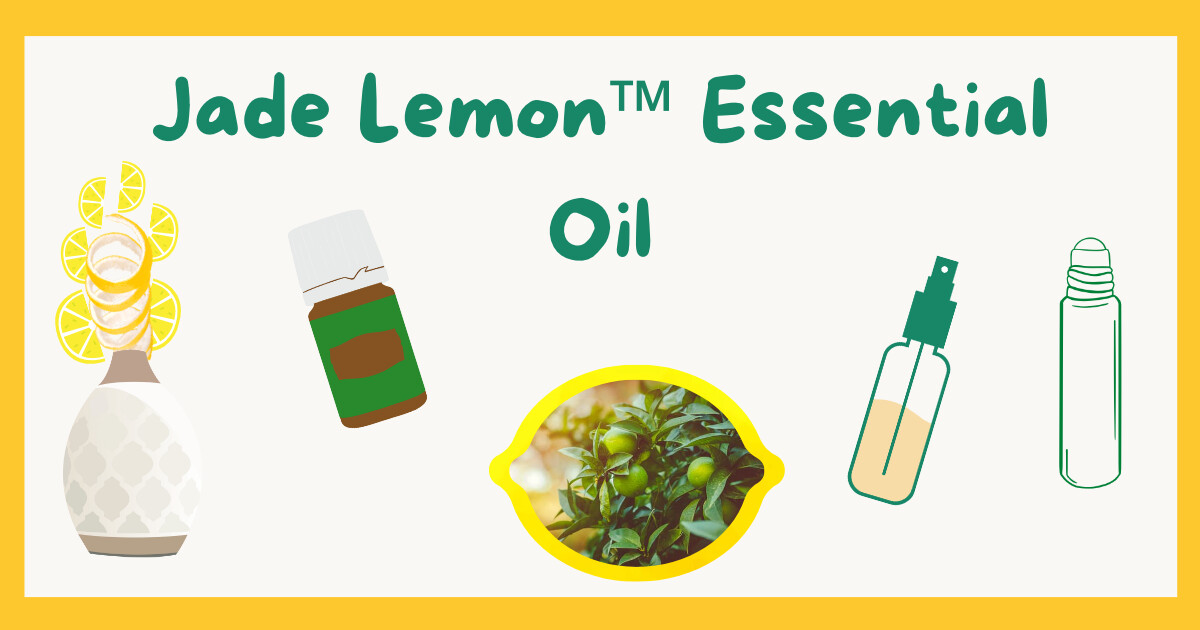
Have you heard about Jade Lemon™ essential oil and ever wondered what the health benefits are, or how it's different from lemon essential oil, or even what you might use it for?
Read more...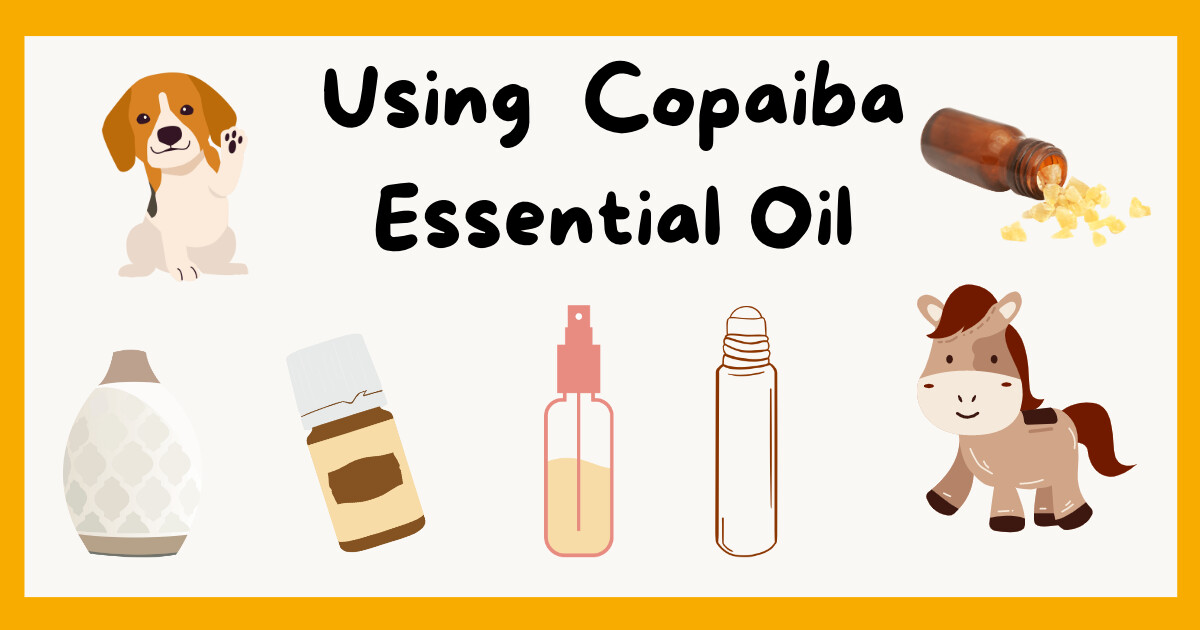
Have you heard about Copaiba essential oil and wondering what it is? Derived from the resin of the copaiba tree in South America, this remarkable essential oil offers a wealth of benefits with its unique aroma. You can use it for a number of applications, including skincare, hair care, natural health remedies, as an ingredient in aromatherapy recipes, and even with your dogs and horses! Let’s explore using copaiba essential oil.
What is Copaiba Essential Oil?
Copaiba essential oil is a powerful natural remedy extracted from the resin of the Brazilian Copaifera reticula tree. The resin used to make Copaiba essential oil has been used by indigenous people throughout South America for centuries for a variety of purposes. This pale yellow-colored oil has a warm, sweet aroma that will fill your space with a pleasant and woodsy scent.
One of the main components that makes copaiba so beneficial is beta-caryophyllene (BCP), which has been studied as an anti-inflammatory agent. Copaiba oil has also been studied for antimicrobial activity and can help reduce the appearance of blemishes. Plus, it may contain antioxidant qualities. Antioxidants can help protect skin from free radical damage caused by environmental pollutants like smoke or dust particles.
Uses of Copaiba Essential Oil
The most common use for copaiba essential oil is in aromatherapy recipes; the soothing scent can be used to create calming blends for tension relief or blends for focus and concentration. You can also use it topically or diffuse it into your home to help your immune system. Copaiba works well to freshen up stale air. Additionally, many people love using copaiba on their skin and for hair care.
I like to add a drop of copaiba and a drop of tea tree essential oil to my dollop of shampoo when I wash my hair. Not only does it support my scalp, but then my hair carries the wonderful aroma around all day.
If you have a teething baby, you might want to dilute copaiba with a carrier oil and give it a try. The properties may help soothe gums while easing discomfort with no harmful chemicals that can be found in other over-the-counter treatments.
Copaiba essential oil is a safe choice when considering aromatherapy for dogs. The best way to enjoy the calming benefits of copaiba with dogs is by becoming a walking diffuser by wearing copaiba oil as a perfume and also by diffusing it around the home in an essential oil diffuser. One of my favorite calming diffuser blends for my dogs is:
2 drops copaiba
2 drops lavender
2 drops vetiver
You can even apply it topically by adding it to an all natural shampoo before bathing them, or diluting it in a carrier oil like coconut oil and massaging it onto their fur or your muscles and joints! Here's a massage oil recipe I like to make that works wells for using copaiba for discomfort.
Copaiba Massage Oil
1 cup fractionated coconut oil
20 drops copaiba essential oil
20 drops lavender essential oil
5 drops peppermint essential oil
Combine all the ingredients in a high quality plastic bottle and invert the bottle a few times to mix well before you apply it. Add a dollop to your palms and rub into desired area.
If you're looking for a less greasy alternative for your horses and dogs, you can make a spray:
Copaiba Discomfort Spritzer
Grab a 4 oz. glass spritzer bottle and add:
10 drops copaiba essential oil
10 drops lavender essential oil
5 drops peppermint essential oil
2 TBS vodka
Then fill up the remainder of the bottle with filtered water. Shake well each time before you use and simply spray desired area and massage in.
There are also many advantages to using copaiba essential oil with horses. When used correctly and safely, copaiba can allow horses to relax and focus on the tasks at hand. Copaiba can also help horses with physical discomfort. To use copaiba with horses, you can wear it as a perfume, add a drop to your hand and let your horse inhale deeply for as long as they want, or dilute it in a carrier oil and then apply the mixture topically to the desired area.
It is important that you speak to your holistic veterinarian before using essential oils with your dogs and horses, including copaiba essential oil. Essential oils are not a substitute for veterinary care and are not meant to treat or cure illness or disease.
Young Living Copaiba Essential Oil Benefits ͘
I use Young Living™ Essential oils, especially since I also use essential oils with my dogs and horses. Quality is one of the number 1 determining factor of whether an essential oil can be safe to use with pets. The second is dilution with a carrier oil like coconut oil. Fore more information on carrier oils, click HERE.
Young Living's quality assurance process called Seed To Seal™ ensures that each bottle contains premium, pure copaiba essential oil and nothing else. Young Living also uses sustainable farming practices and gives back to the communities their farms are in.
If you want to grab a bottle of copaiba essential oil, click HERE (This is an affiliate link and I earn a small commission from your order at no cost to you. Thanks for supporting my small business! I'm so excited to help you
get started, that I'll connect with you once you order and send you something special)
Copaiba essential oil offers a wide range of benefits for you and your fur family. Thanks to its unique composition of monoterpenes and beta caryophyllene compounds. It has qualities that can help ease discomfort and tension and benefit skin and hair. Plus, copaiba may contain antioxidant properties that protect against free radical damage– all while providing an inviting aroma when diffused into your home!
Whether using it as part of your aromatherapy regimen, for its skin benefits, or with your horses and dogs – don't miss out on unlocking all the amazing ways copaiba essential oil could benefit you and your fur kids health.
Again quality is everything for safety, with dilution!
If ya need more help getting started using essential oils with your horses and dogs, download my free PDF guides.... click HERE FOR HORSES and HERE FOR DOGS)
